2 mm Two Ends Open Flow Cells – Customization, QGF235
Introducing the QGF235 2 mm Two Ends Open Flow Cells, the epitome of precision and adaptability in spectroscopic analysis. These exceptional flow cells are meticulously designed to cater to the unique requirements of your experiments, ensuring accurate and reliable measurements. With a wide range of customizable options, you have the freedom to tailor the specifications of the flow cells to perfectly align with your specific research needs, opening up a world of possibilities for scientific exploration and discovery.
At Aireka Scientific, we recognize the significance of equipping researchers with the right tools to advance their work. That’s why we have developed the QGF235 flow cells with an unwavering commitment to excellence, incorporating advanced features and ensuring unparalleled performance. Let’s delve into the intricate details and captivating benefits of these extraordinary flow cells.
Features and Benefits:
- Cutting-Edge Design for Optimal Performance: The QGF235 flow cells feature a two ends open design, facilitating easy sample loading and cleaning. This streamlined design enhances the efficiency of spectroscopic measurements, minimizing downtime and maximizing productivity in your research.
- Customizable Path Length for Enhanced Flexibility: Tailor the path length of the flow cells to precisely match your experimental requirements. This customization option empowers you to achieve the utmost sensitivity and accuracy, ensuring precise measurements and facilitating insightful data interpretation.
- Versatility to Fuel Scientific Exploration: The QGF235 flow cells are engineered to excel in a broad range of spectroscopic applications, including absorbance, fluorescence, and more. Regardless of your research area, these flow cells provide you with the versatility to explore new horizons and extract valuable insights from your samples.
- Superior Optical Performance for Reliable Results: With a focus on uncompromising quality, the QGF235 flow cells are engineered to deliver exceptional optical performance. The meticulously polished windows guarantee optimal light transmission and minimal interference, enabling you to obtain accurate and reproducible results with confidence.
- Durability and Chemical Resistance: Crafted from high-quality materials, such as quartz, the QGF235 flow cells exhibit outstanding chemical resistance and long-term durability. These robust flow cells are built to withstand the demanding laboratory environment, ensuring longevity and consistent performance throughout your experiments.
- Seamless Customization for Tailored Solutions: At Aireka Scientific, we understand that each research project is unique. To accommodate your specific requirements, we offer a wide range of customization options for the QGF235 flow cells. From path length adjustments to material selection and window configuration, we provide the flexibility you need to achieve optimal results.
Customization Options:
The QGF235 flow cells can be further customized to suit your precise research needs. Here are some key customization options available:
- Path Length: Tailor the path length of the flow cells to achieve the desired sensitivity and accuracy for your samples and experimental setup.
- Material: Choose the most suitable material for your application, be it high-quality quartz or other compatible materials.
- Window Configuration: Select the desired number of windows based on your analysis requirements. Whether you need two windows for basic measurements or multiple windows for advanced spectroscopic techniques, we can accommodate your specifications.
- Connectors: Opt for the appropriate connectors to seamlessly integrate the flow cells with your spectroscopic instrument. We offer a variety of connector options to ensure compatibility and ease of use.
In the realm of spectroscopic analysis, precision, versatility, and customization are paramount to achieving successful research outcomes. The QGF235 2 mm Two Ends Open Flow Cells embody these qualities, empowering researchers to optimize their experiments and uncover valuable insights. With exceptional design, superior performance, and extensive customization options, these flow cells open doors to a new realm of scientific possibilities.
Experience the power of customization and elevate your research to new heights with the QGF235 flow cells from Aireka Scientific. Our commitment to quality, innovation, and customer satisfaction ensures that you have the perfect tool for your spectroscopic analysis needs. Trust in our expertise, embrace the flexibility of customization and embark on a scientific journey filled with groundbreaking discoveries. Order your QGF235 flow cells today and unlock the true potential of your research.
What’s the use of flow cells?
Flow cells have a wide range of applications in scientific and laboratory settings due to their unique design and functionality. Here are some key uses of flow cells:
- Spectrophotometry: Flow cells are commonly employed in spectrophotometry, where they enable the measurement of absorbance or transmittance of light through a sample. By passing the sample through the flow cell, researchers can obtain valuable information about the composition, concentration, and properties of the sample.
- Chemical Analysis: Flow cells are instrumental in various chemical analysis techniques, such as liquid chromatography and flow injection analysis. These techniques involve the continuous flow of a sample through the flow cell, allowing for real-time monitoring and detection of analytes.
- Biological Research: Flow cells find extensive use in biological research, particularly in applications such as cell counting, cell culture monitoring, and enzyme kinetics. The controlled flow of biological samples through the flow cell enables researchers to study cellular processes, perform viability assessments, and analyze enzymatic reactions.
- Flow Cytometry: Flow cells are integral components of flow cytometers, powerful instruments used for cell analysis and sorting. In flow cytometry, cells suspended in a fluid are passed through the flow cell one at a time, allowing for the characterization and sorting of cells based on their physical and biochemical properties.
- Microfluidics: Flow cells play a crucial role in microfluidic systems, which manipulate small volumes of fluids for various applications. Microfluidic flow cells enable precise control of fluid flow, mixing, and reactions, making them valuable tools in fields such as drug discovery, genomics, and diagnostics.
- Environmental Monitoring: Flow cells are utilized in environmental monitoring systems to analyze water quality, detect pollutants, and assess the health of ecosystems. By continuously flowing water samples through flow cells, researchers can monitor parameters such as dissolved oxygen, nutrient levels, and pollutant concentrations.
The use of flow cells offers several advantages, including:
- Real-time Monitoring: Flow cells facilitate continuous and real-time monitoring of samples, enabling researchers to capture dynamic changes and obtain immediate results.
- Sample Conservation: Flow cells require only small sample volumes, making them suitable for applications where sample conservation is crucial, such as precious or limited sample scenarios.
- Repeatability and Precision: Flow cells provide consistent and repeatable measurements, ensuring reliable and accurate data acquisition.
- Flexibility and Customization: Flow cells come in various sizes, pathlengths, and designs, allowing for customization to suit specific experimental requirements.
In summary, flow cells are versatile tools that enable the controlled flow of samples, facilitating a wide range of scientific analyses, measurements, and experiments. Their applications span across disciplines such as chemistry, biology, biotechnology, environmental science, and more, making them indispensable in research and laboratory settings.
To the best of our knowledge, the information provided here is accurate. However, Aireka Scientific assumes no liability for the accuracy of this page. The values provided are typical at the time of manufacture and may vary over time and from batch to batch. All products are for laboratory and research and development use only, and may not be used for any other purpose including health care, pharmaceuticals, cosmetics, food, or commercial applications.
 15 * 1mm, Disc, QD10005
1 × $2.70
15 * 1mm, Disc, QD10005
1 × $2.70  25 * 25 * 2mm, Plate, QP20008
16 × $3.80
25 * 25 * 2mm, Plate, QP20008
16 × $3.80  11.5 * 1.5mm, Disc, QD10001
1 × $2.25
11.5 * 1.5mm, Disc, QD10001
1 × $2.25  13mm, 0.45um, PES, ASF12012, Non-sterile, Syringe Filter, 100pc/pack
1 × $22.00
13mm, 0.45um, PES, ASF12012, Non-sterile, Syringe Filter, 100pc/pack
1 × $22.00  10 mm Quartz Absorption Cuvettes with 2 Clear Windows, 3.5 mL, QGB11
15 × $56.00
10 mm Quartz Absorption Cuvettes with 2 Clear Windows, 3.5 mL, QGB11
15 × $56.00  25mm, 0.22um, Mixed cellulose, ASF12023, Non-sterile, Syringe Filter, 100pc/pack
2 × $32.40
25mm, 0.22um, Mixed cellulose, ASF12023, Non-sterile, Syringe Filter, 100pc/pack
2 × $32.40  Hydrophobic, 13mm, 0.45um, PTFE, ASF17028, Non-sterile, Syringe Filter, 100pc/pack
2 × $24.00
Hydrophobic, 13mm, 0.45um, PTFE, ASF17028, Non-sterile, Syringe Filter, 100pc/pack
2 × $24.00 















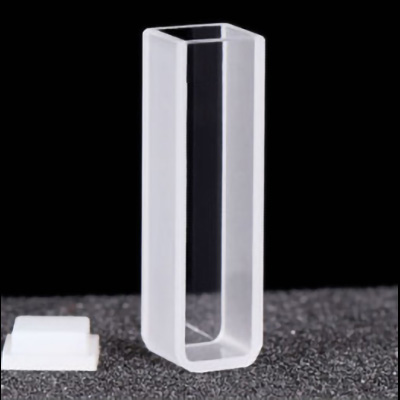

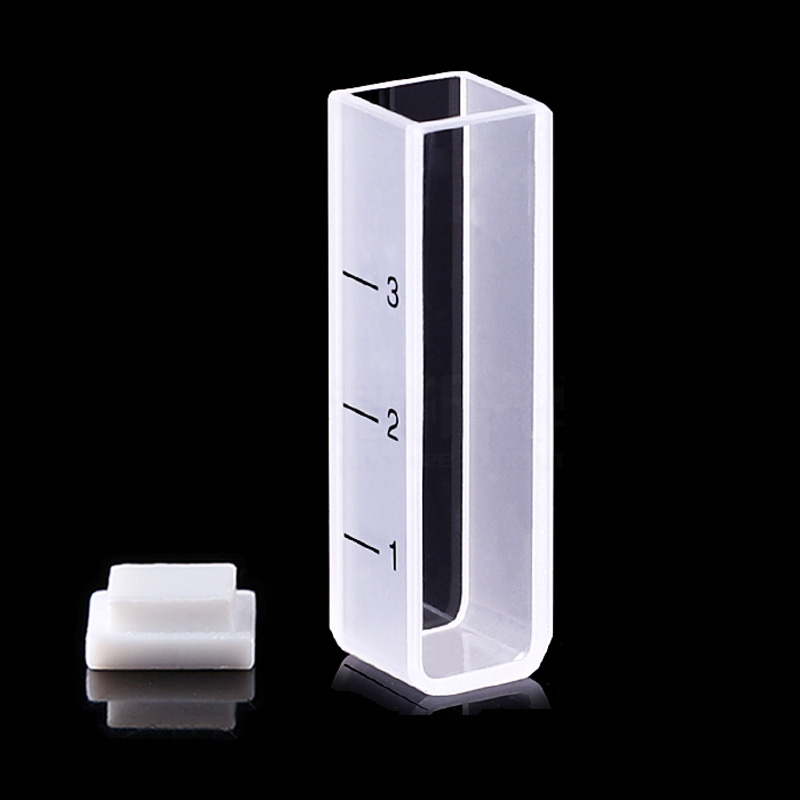


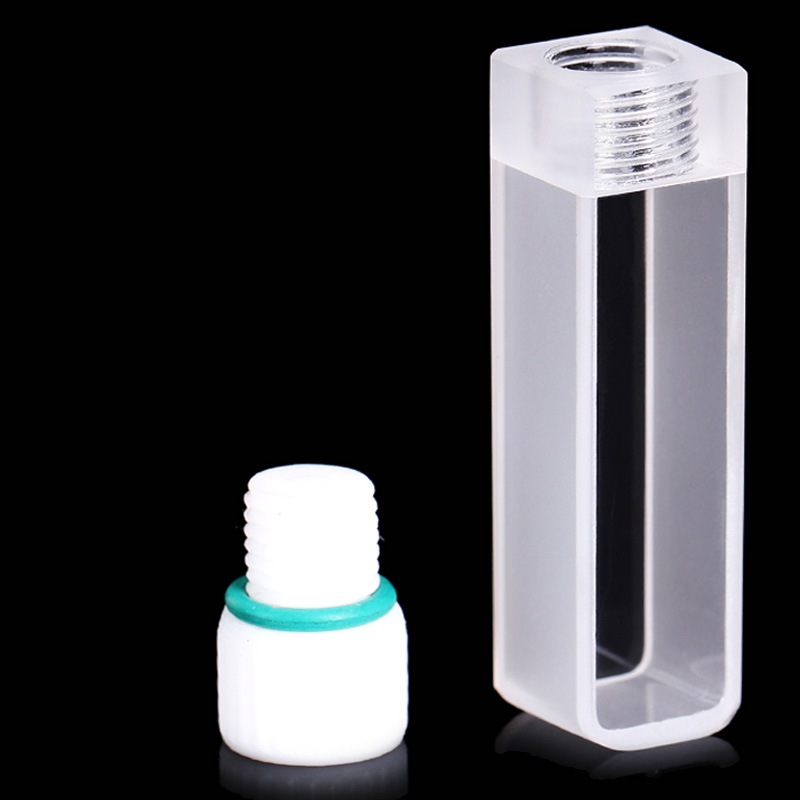



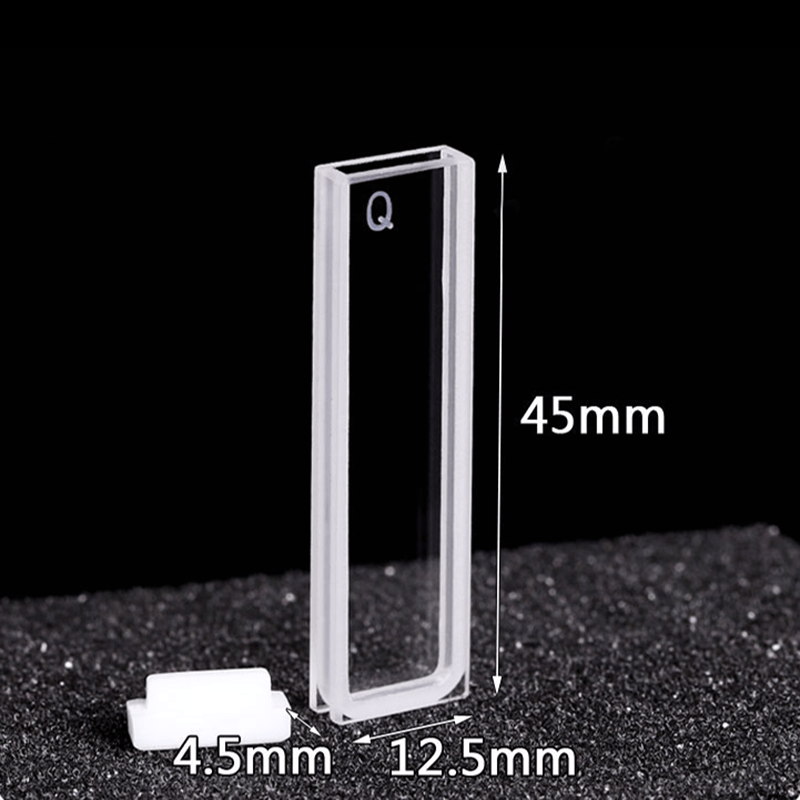
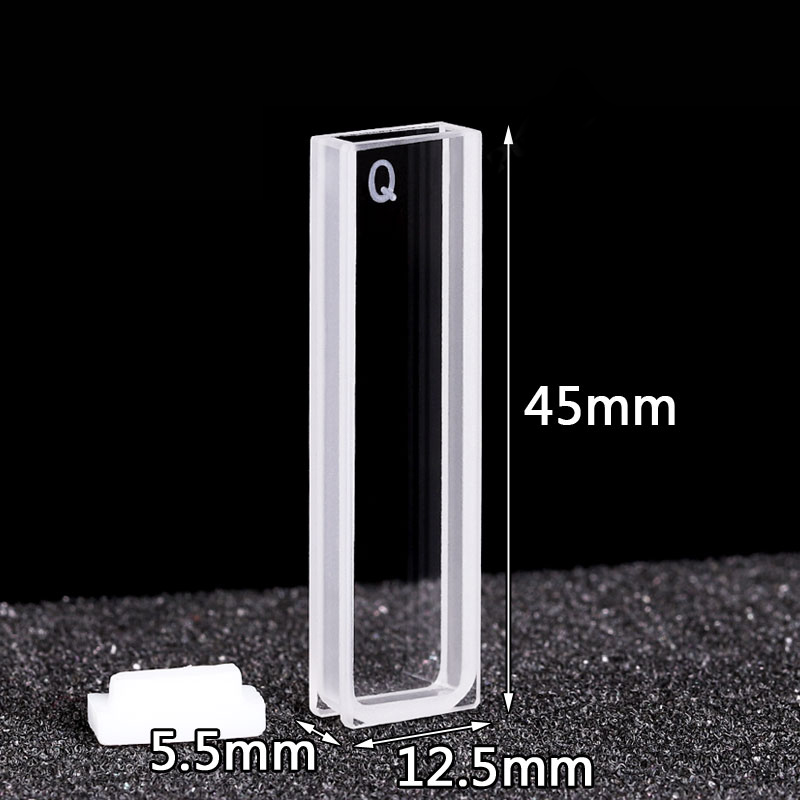


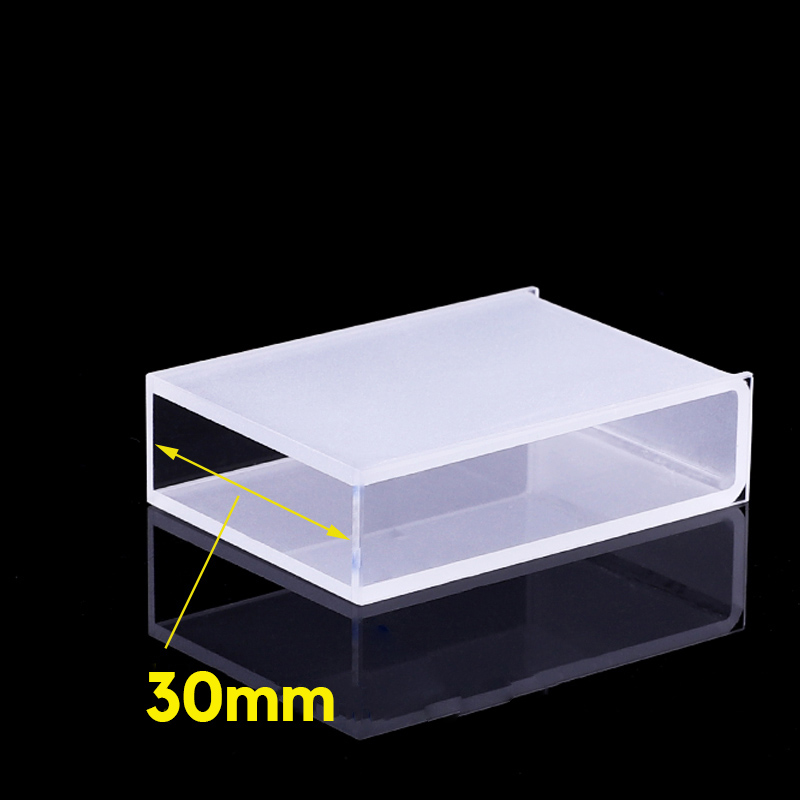

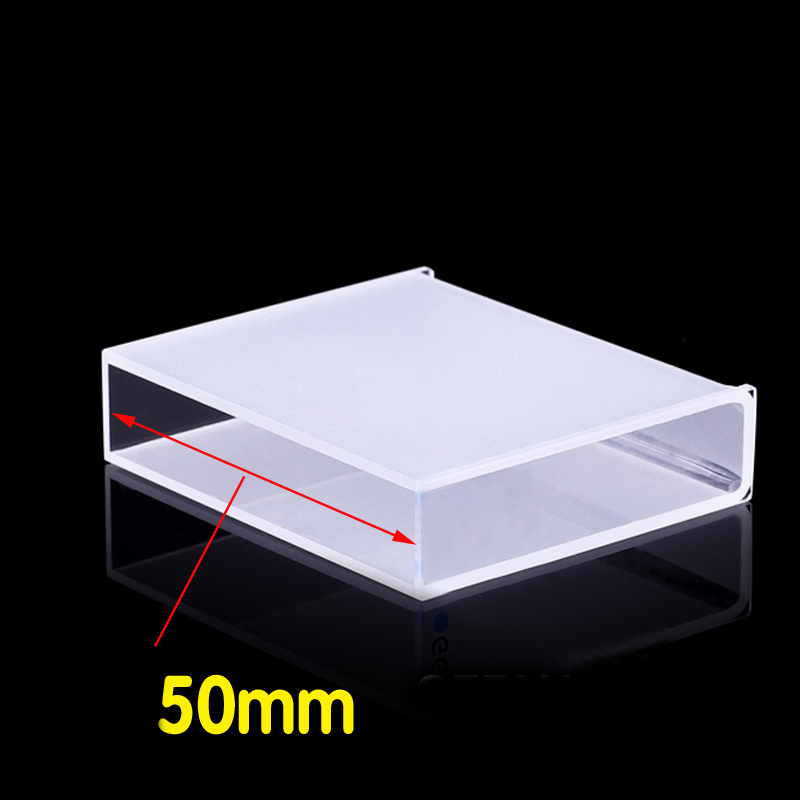


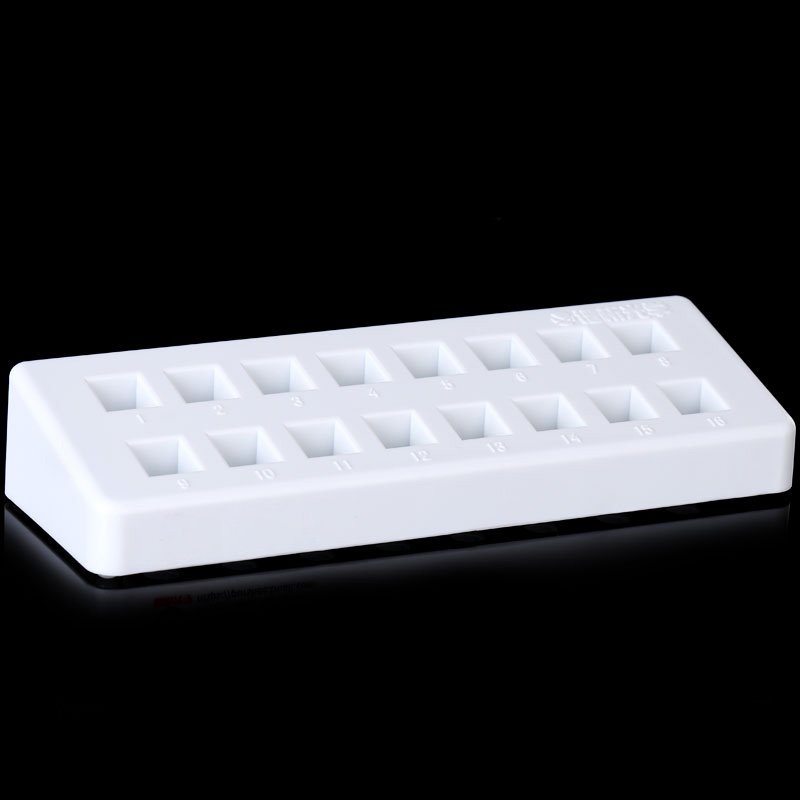

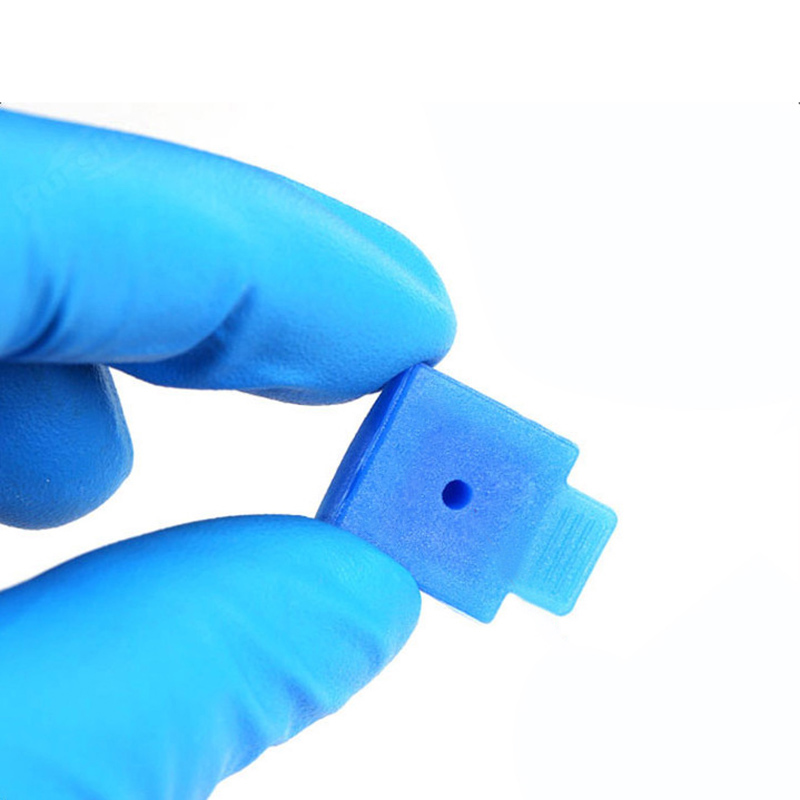


There are no reviews yet.